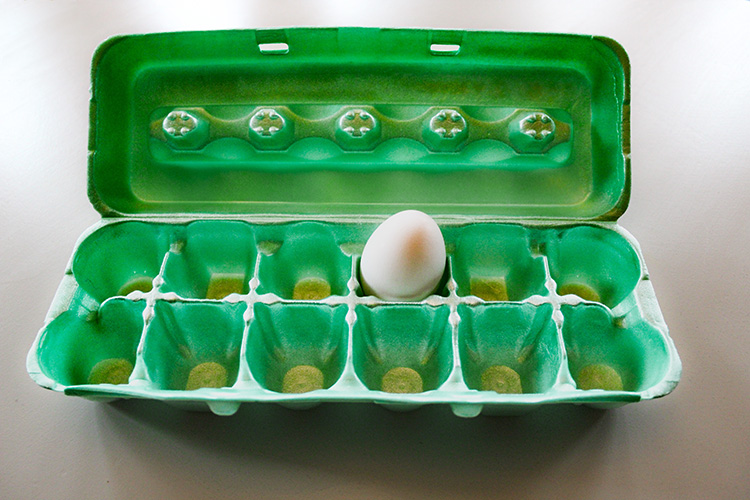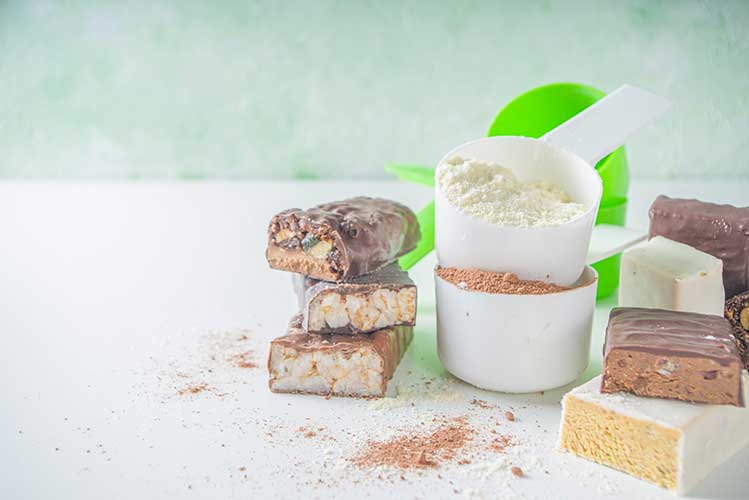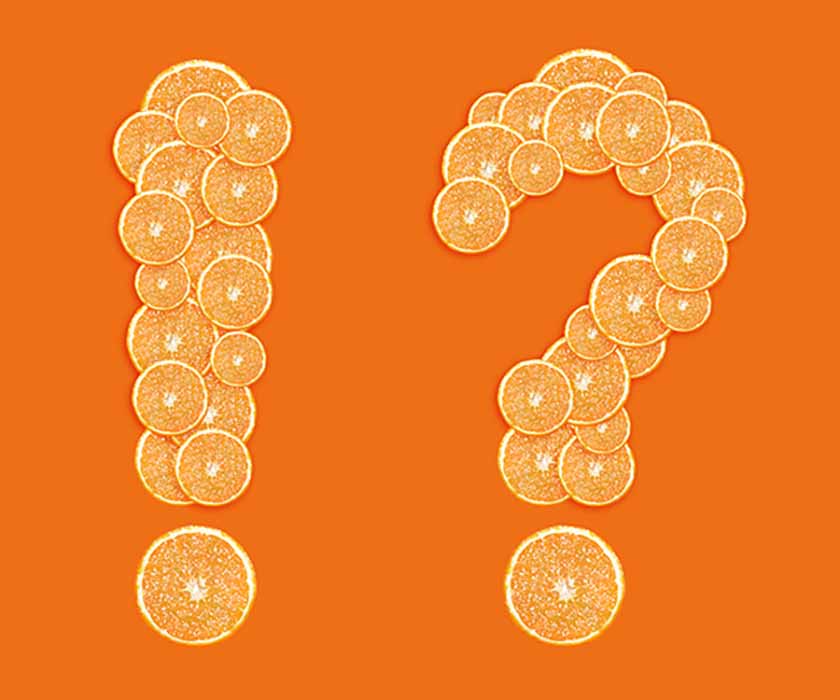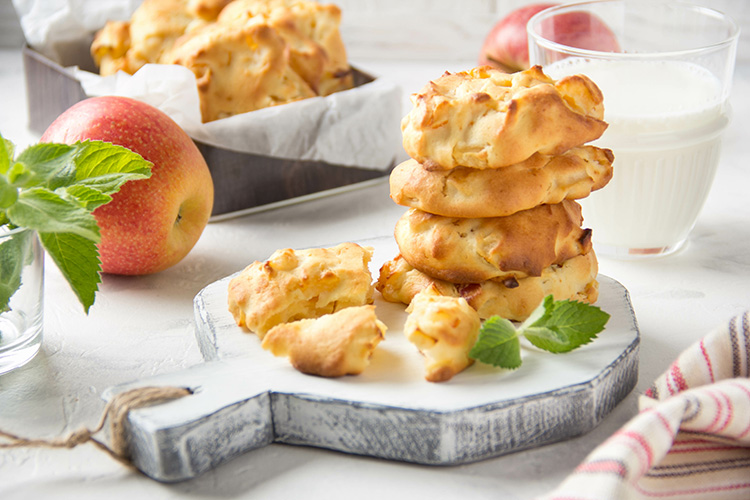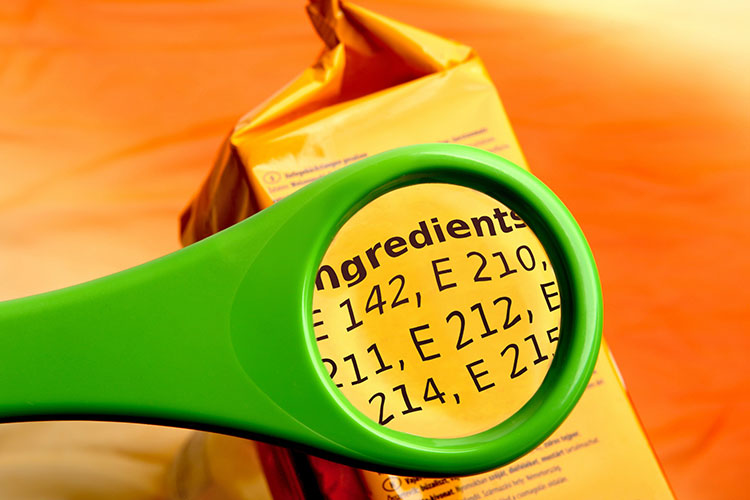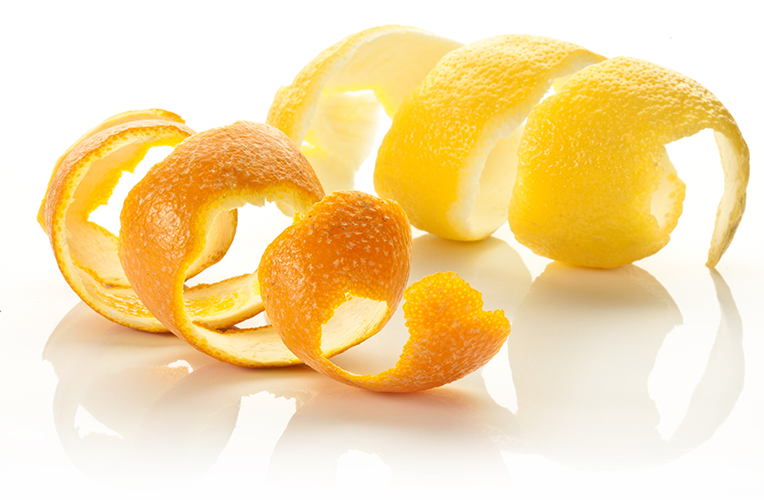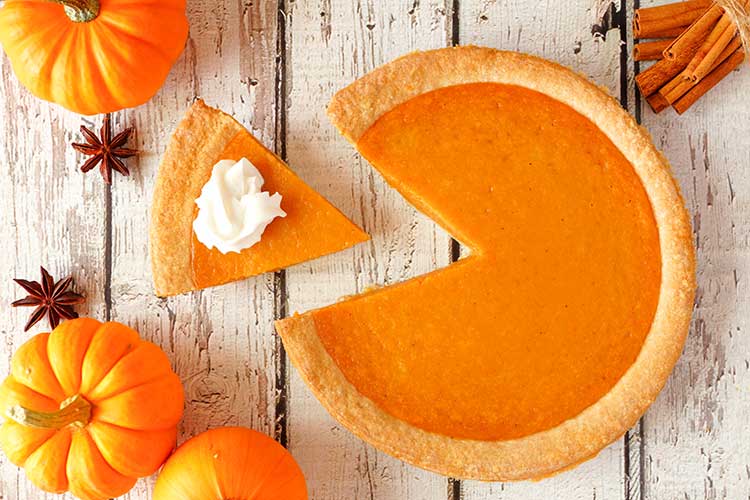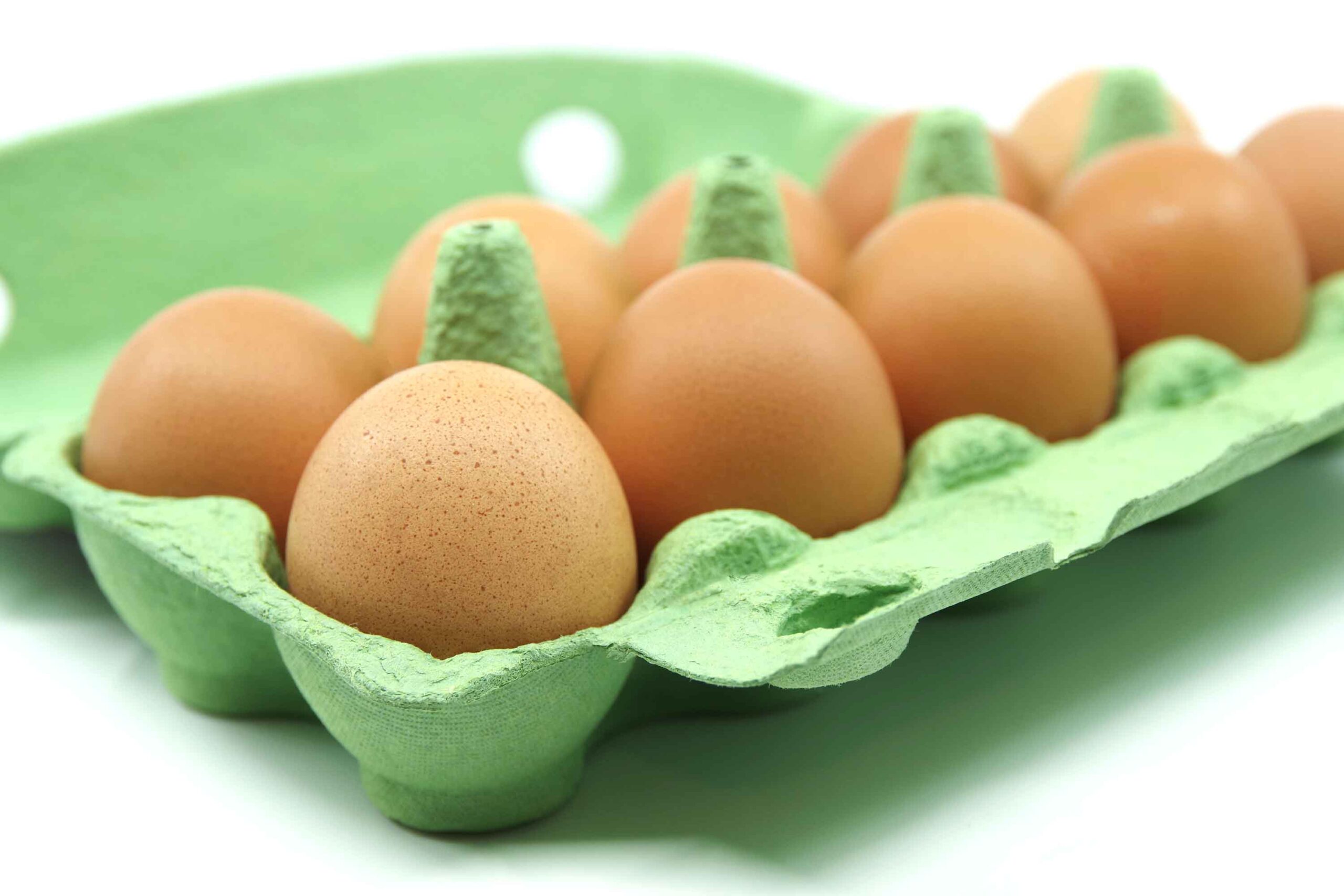Egg Reduction – A Half Dozen Solutions
Several market drivers including better-for-you foods, Avian flu and plant-based diets are creating a demand for egg reduction solutions. Citri-Fi® citrus fiber provides water holding and emulsification properties similar to egg which benefits a variety of foods including cookies, cakes, pancakes, creamy sauces, mayonnaise spreads and meat loaf products.
Replacing eggs again? Haven’t we boogied to this Chicken Dance already? Egg replacement is not a new phenomena in the food world. For instance, replacement technologies have gussied up ingredient portfolios for over two decades now. These egg reduction solutions were peddled in the market for various reasons. Years ago, cholesterol earned a bad rap. So, consumers demanded healthier products minus the egg. Then, the Avian flu plagued the flocks driving an egg shortage. Next, the plant-based food wave eliminated any animal-based ingredients including egg. And now, the market is back to grappling with the Avian flu again.
Among the drivers to reduce egg usage, the Avian flu is creating the most chaos. For example, the outbreak is limiting egg availability which is driving the price thru the roof. Because of this, formulators are back at the bench looking for egg reduction solutions. Replacing this commodity is more than an elbow test. According to the Incredible Egg Organization, there are over 20 properties eggs provide. As a result, replacing eggs successfully depends on the food product and the replacement technology. At the same time, the market has a few replacement options available. One solution involves citrus fiber.
Citri-Fi citrus fiber is produced from byproduct of the citrus juicing industry. The process, which is free from chemical modifications, opens up the fibrous matrix to give its high water holding and emulsification properties. Because of this composition, Citri-Fi can be used as an egg reduction solution for a variety of food products including bakery items, sauces and dressings.
Bakery: Water and Oil Binding is in the Proof
Eggs are typically used in cookies primarily for the emulsification properties. This muscle ingredient binds the butter and/or oil to the liquids to create a uniform and tender texture. Reducing or omitting eggs adversely affects the overall quality. For example, cookies tend to be dense, crumbly and dry. The spread is limited and accompanied by a grainy undissolved sugary texture.
Citri-Fi citrus fiber, at low usage levels (<1%), provides the emulsification properties which maintains the tender bite and perception of freshness over time when replacing up to 25% of eggs. This also applies to baked goods such as pancakes, layer cakes and cupcakes.
In bakery products like cakes, Citri-Fi can extend the eggs and also partially reduce oil content. This natural ingredient’s ability to bind water aids in creating the full-fat mouthfeel when oil is reduced. And because of the fibrous composition, the bound water remains locked in over time giving the perception of freshness. Citri-Fi can be used in both conventional and gluten-free bakery products as an egg reduction solution.
Mayonnaise Spreads: Citrus Fiber is an Egg-cellent Emulsifier
Another key area for Citri-Fi’s emulsification power involves mayonnaise dressings. Mayonnaise typically contains vegetable oil, water, sugar, vinegar, egg yolks, salt and mustard. The egg yolks bind the vegetable oil and aqueous liquids when sheared to create a uniform stable mixture.
Due to Citri-Fi citrus fiber’s emulsification properties, this natural food ingredient can reduce or replace eggs in mayonnaise spreads. Some spreads use modified starches which provide similar functional benefits. However, this upcycled citrus fiber, at low usage levels (<1%), sets up a stable emulsion which does not break over time. Also, Citri-Fi creates a smooth and full-fat mouthfeel while supporting a clean label. Labeling options include citrus fiber, dried citrus pulp or citrus flour.
Besides mayonnaise spreads, Citri-Fi can reduce egg content in other types of sauces like Hollandaise, Caesar dressing, custard-type and pastry cream. The level of reduction highly depends on the type of food product and ingredients used. If other hydrocolloids are used in the formulations, then Citri-Fi can aid in reducing significantly more egg content than using Citri-Fi alone.
Meat Loaf: Managing Moisture
Chopped and formed meat products like meat loaf use eggs to bind the ingredients and add moisture. During the cooking process, the moisture is bound to the egg to prevent dryness. When egg content is reduced or eliminated, formed meat products tend to dry out and fall apart.
Citri-Fi citrus fiber, when used at low usage levels (<1%), binds the water during the cooking process. As a result, the meat loaf remains moist and tender post-cook. To incorporate, add the citrus fiber to the dry ingredients like herbs, spices and salt before mixing in liquids. The order of addition and mixing optimizes Citri-Fi’s full functionality in an egg reduction solution.
Besides egg reduction, Citri-Fi has other pluses. The product line is non-GMO Project certified, allergen-free and gluten-free. Now, there is a USDA certified organic line available – Citri-Fi 400. The 100, 400 and 600 series have no E-number which is key in regions like Europe.
The Future of Formulating with Egg Extenders
Will the egg market return to normal this year? The jury is out on this drama. However, the fact that viruses have interrupted the markets more than once over the years serves as a hint. With this in mind, companies have the opportunity to utilize egg reduction technologies as a strategy to minimize cost and risk in supply. Though there are several egg reduction solutions on the market, Citri-Fi citrus fiber stands out due to its upcycled, sustainable and clean label narrative.
To learn more about egg reduction solutions, please contact us.

